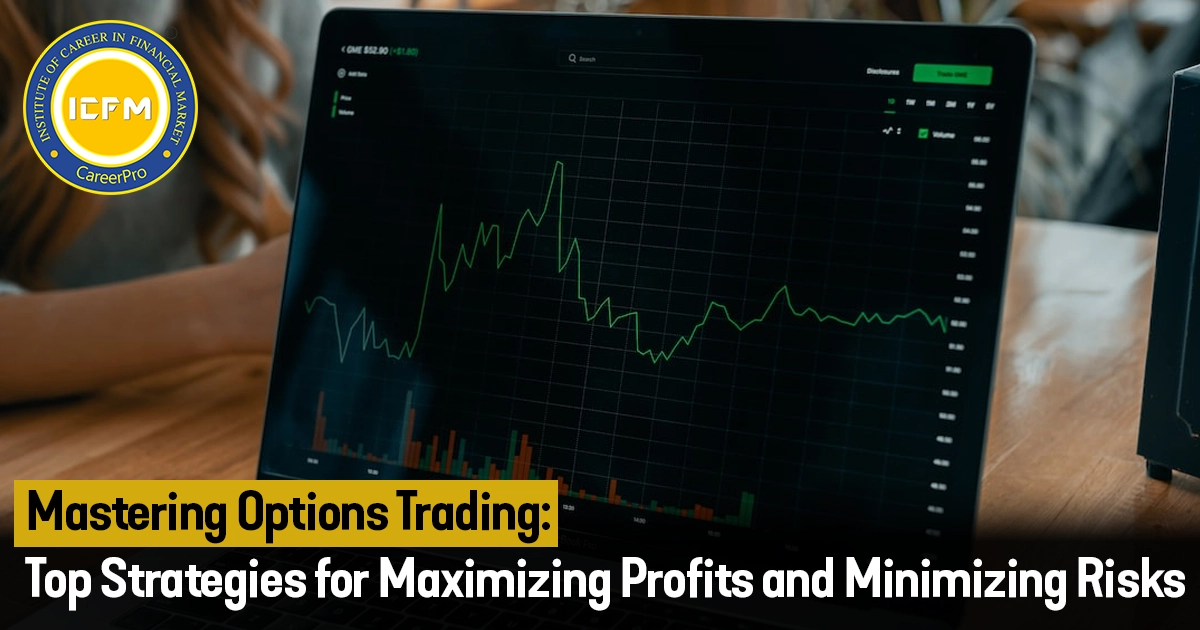Options trading can be a powerful tool for both seasoned investors and newcomers, offering unique opportunities to profit from market movements, hedge existing positions, or generate income. However, without a well-thought-out strategy, it can also lead to significant losses. Understanding and implementing effective strategies is essential for long-term success. In this post, we’ll explore the best options trading strategies, how to tailor them to different market conditions, and tips on managing risks while maximizing profits.
What are Options Trades?
A definition of what an option is needs to precede any trading strategies. An option is a form of contract granted to a buyer giving them the right to buy or sell the underlying asset before a particular expiration date for a pre-established price. The two primary forms of options include:
•Call Options: The option to buy an underlying asset
•Put Options: The option to sell an underlying asset.
Options allow traders to speculate on price movements, hedge other investments, and generate income with a relatively small initial investment compared to the underlying asset.
Top Options Trading Strategies
Some of the most popular and effective strategies used by options traders include:
1. Covered Calls
A covered call strategy is essentially holding a long position in a stock and selling a call option on the same stock. In this strategy, income is derived from the premium received from selling the call option.
•When to use it: This strategy is most effective when you have a neutral to slightly bullish view on a stock. When the stock price moves up past the strike price of the sold call option, you might have to sell your shares, but you'll still be able to profit from the sale plus the premium received.
•Benefits: This strategy creates a steady cash inflow and further reduces the risk of holding the stock as it generates additional income via the receipt of the premium.
•Drawbacks: Upside potential is minimized as selling at strike price will be mandatory if the underlying stock price appreciates significantly.
2. Protective Puts (Married Puts)
Buy a put option for stock you already own, and this is a protective put strategy; that works like insurance to protect you from downside risk if it goes lower than the strike price of the put.
•Use it when holding a stock and you are worried about possible price declines, so you use protective puts as a form of hedging.
•Pros: This strategy provides downside protection, limiting your loss to the premium paid for the put plus any decrease in stock value.
•Cons: The cost of the put option can erode your profits if the stock price does not fall as expected. Also, this strategy limits the risk of loss, but not without a cost.
3. Iron Condor
An iron condor is a neutral strategy in which you sell an out-of-the-money call and put option while at the same time buying further out-of-the-money options to reduce risk. It's to take advantage of low volatility in the underlying asset.
•When to use it: Iron condors work pretty good in markets where you expect little price movement and want to profit from time decay.
•Pros: The strategy benefits as the options near expiration with the underlying asset remaining between the strike prices of the short call and short put. The risk is only the difference between the strikes minus the premium received.
•Cons: The potential gain is limited because the upside is that the underlying asset remains within a narrow range.
4. Straddle and Strangle
Both straddles and strangles are strategies designed to profit from large price movements, regardless of direction.
•Straddle: It involves buying a call and a put option at the same strike price and expiration date.
•Strangle: It involves buying a call and a put option with different strike prices but the same expiration date.
•When to use it: You should use this strategy when you expect large price movements but do not know which way the price will move (for example, before an earnings announcement).
•Pros: If the price moves enough in either direction, you may make big money.
•Cons: Both of these strategies are expensive because you buy two options. If the price does not move much, you could lose both premiums.
5. Butterfly Spread
A butterfly spread is a low-risk, low-reward strategy. It is where you buy one call or put at a low strike price and sell two calls or puts at a middle strike price, and then buy one call or put at a higher strike price.
•When to use it: Use this strategy when you anticipate minimal volatility and you think the stock will close at or near the middle strike price at expiration.
•Pros: The potential loss is limited to the premium paid for the strategy, and profits can be substantial if the price is close to the middle strike price at expiration.
•Cons: The risk of profit is also limited, and the strategy can be complex for beginners.
Risk Management in Options Trading
No matter how promising a strategy might seem, options trading always involves risk. Risk management is essential to maintaining consistent profitability over time. Here are some risk management tips to keep in mind:
1. Position Sizing
One of the critical aspects of risk management is never to risk too much on a single trade. Use some type of position sizing to calculate just how much capital to put into each options trade, using your overall portfolio size and the level of risk at which you feel comfortable.
2. Use Stop-Loss Orders
Options prices can fluctuate quite a bit, so you set a stop-loss order on your options to help you leave a trade if the price goes against you. This can help safeguard a loss in quantity.
3. Use implied volatility
Implied volatility is one of the factors that determine the price of options. Higher volatility usually translates to higher premiums, and it is important to understand how volatility impacts your strategy. Trade options when volatility is low to minimize the cost of options.
4. Monitor Time Decay (Theta)
Theta or time decay is one of the most critical determinants of option pricing. The closer the option is to expiry, the greater the rate of loss of the value of that option. Sell options wisely with an eye for this factor, and always think ahead so as not to get hurt by it.
Strategy Choice
It completely depends on market conditions.
•Bullish Market: Covered calls, long calls, and protective puts help you earn in a bull run and reduce the risk.
•Bearish Market: Protective puts, long puts, and iron condors help you hedge or profit from a downward movement.
•Sideways/Range-Bound Market: Iron condors, butterfly spreads, and straddle/strangle strategies are meant for low-volatility markets.
Conclusion
Options trading presents exciting opportunities but inbuilt risks. Understanding and implementing the right strategies will help you control those risks and maximize your profit. Whether generating income, protecting existing positions, or capitalizing on volatility, there is a strategy that works for you. Always remember to manage your risk, stay informed, and continually refine your strategies over time in order to respond to changing market conditions. Doing so will lead you down the path of successfully mastering options trading.









